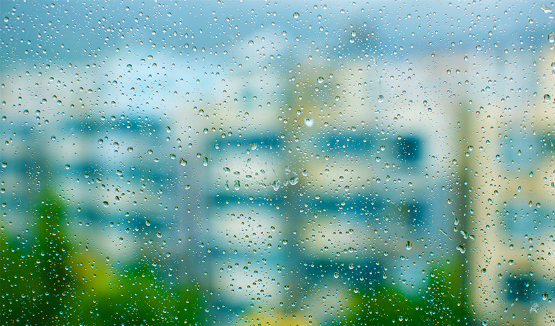When the Pag-IBIG Fund offered its members an opportunity to reduce their electricity bill via its home improvement loan, one can take it as a sign that alternative, sustainable energy is a solution now open to the Filipino household. After all, it makes sense to use the sun as an alternative source of power for the home due to our climate.
We spoke with Mel Maniego for Prosolar International, a local solar panel system provider based in Makati, a series of questions about the practicality of solar panel packages for the Filipino household.
How do solar panels work?
Maniego: The energy that the sun produces is converted to electrical output charge (via the solar panels) na pwede mong gamitin sa bahay. The solar energy from the sun is then converted into power for your home by the inverter.
The solar panels placed on a mounting system are positioned on a location on the roof to “catch” the maximum amount of energy from the sun.
May ideal ba na solar panel system setup that I can install at home?
Maniego: If you opt for a grid-tie solar panel installation, your household or establishment is (still) hooked up on the electricity provider’s grid (e.g Meralco). The installation would allow you to switch from Meralco source to solar energy source to reduce your power consumption.
But if you opt to rely solely on solar energy, you can get an off-grid installation. However, you should consider getting good reliable batteries for power storage.
How many solar panels do I need to power my home?
Maniego: It all depends on your electric consumption at home and how much power you would want your solar panel system would produce.
With both systems, one must determine what or which appliances you wish to use. Power rating tags can be found under or at the back of your appliances. Determining the aggregate hours of expected usage will help a lot for correct sizing and setup.
If one decides to have a grid-tied system and still want to power up specific electrical appliances during power outage or blackouts, then a good solar power setup coupled with reliable, correctly-sized storage batteries would be perfect for you.
How much do I really save when I use solar energy for the home?
Maniego: The minimum grid tie system of 1 kilowatt (or 1,000 watts) can save them about Php 2,000 per month.
Assuming that you have a bill of Php 6,000 per month, and if you need to reduce your electric bill by half, you would need a 1.5 kilowatt grid tie system. But if you have a Php 12,000 bill per month, for example, and if you want to reduce the bill by 50%, you will require at least a 3 kilowatt grid tie system.
How much should it cost?
Mel: The usual cost per kilowatt ranges between Php100,000 to Php150,000. Pero it still depends on the quality of the solar panels, inverter, mounting system, installation location, quality of workmanship and warranty offered.
ZM – A 1 kilowatt grid-tie system can be availed via Pag-IBIG as per the video below:
Pero it’s expensive.
Maniego: Yes. The important thing to consider when one contemplates using solar power is the amount of saving you want to have.
There is also a system that you can apply for, which is called Net Metering. For grid-tie systems, you can get credits from your electricity distributor through offsets in your monthly electric bills once your home solar power system produces excess electricity that you do not need.
What if it’s rainy season na or typhoon? Can I still get power from my solar panel system?

Maniego: Solar power is still a viable option from typhoon-prone areas such as in the Philippines to locations with cool, cloudy climates. Solar panels system is ideal in the country because we have an average of five hours of sunlight per day.
What if I own a condo? Can I still install a solar panel system?
Mel: Since solar panels for residences are installed sa rooftop because of the available square meter space, we also need to consider the sturdiness of the roofing, roof support and the direction of the roof to maximize the system’s capacity to produce power.
The ideal roof direction is 15 degrees inclined facing south, without any obstacles like tree branches, to get the full amount of sunlight.
Installation on condominiums would be difficult since it has to be installed on a roof or roof deck, so perfect talaga siya for house and lots and some townhomes. Because a condo’s roof deck is shared with all the tenants, medyo mahihirapan si homeowner. However, the solar power installation can be incorporated during the design stage of a new development.
How long will my solar panels last?
Mel: Good brand solar panels are warranted for 20 years by the manufacturing company, and inverters are also warranted for at least five years by the manufacturer. You should require at least one to two years local warranty. Typical warranties depends on the company offering them.
Want to make the rest of your home sustainable? Follow these earth-friendly tips for the home.
Like What you've read?
-
Joseff











